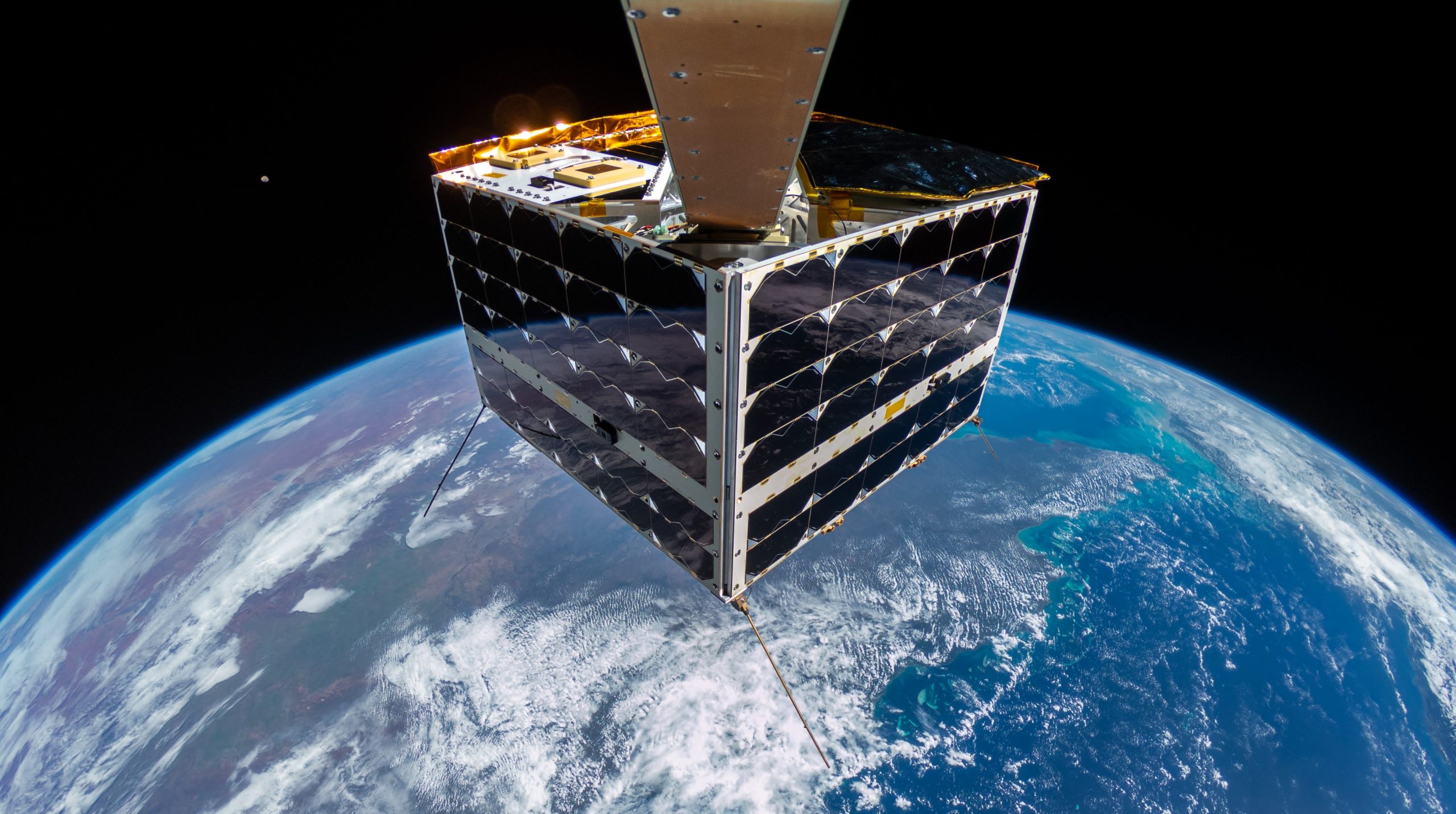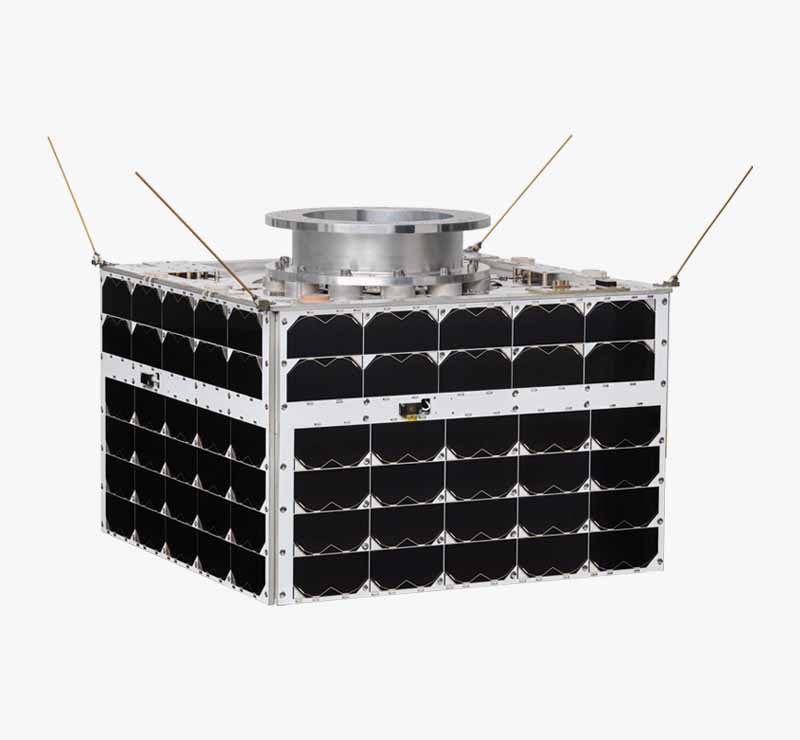Be part of the future with us!
Register now for our online product launch event on May 23rd.
Get Access to NanoAvionics Product Catalog with Tech Specs
Despite decreases in launch costs, the size and weight of a satellite are still very important defining characteristics in the development of a mission or service. The MP42H is NanoAvionics’ smallest and lightest microsatellite bus and comes with an 8″ or 15″ ESPA-class separation ring for deployment in orbit.
The versatile system is pre-installed and pre-qualified for a faster, simpler setup, allowing users to focus more time and effort on high-value tasks such as payload integration and testing. It can accommodate payloads with a total mass of 15 kg (8″) or 30kg (15″) and a maximum footprint of 410(L) x 392(W) x 330(H)* mm. *Payload height is flexible, as long as the total satellite height does not exceed the launch vehicle’s allowable volume.
Despite being only slightly larger and heavier than most higher-end nanosatellites, the MP42H can provide far greater mission capabilities and redundancy opportunities, thanks to the extra avionics volume, better thermal management, and larger payload interface. And these benefits are built-in – achieving such improved performance levels often requires additional non-recurring engineering (NRE) costs, so the readymade MP42H will ultimately provide significantly more capabilities for only a marginal price increase in comparison.
NanoAvionics offers three MP42H microsatellite standard performance configurations for 8″ and 15″ versions – Light, Mid, and Max – providing options that best match customers’ payload, mission objectives, and budget.
As with all of NanoAvionics’ proven platforms, the MP42H is a highly modular system. Configurable subsystems and operational protocols are included which enable faster setup. The system also has a sample mission code pre-installed so that testing can commence immediately upon delivery.
The MP42H bus is equally well-suited for use in single-satellite missions or as the standardized platform for an entire constellation.
The MP42H is highly versatile and is optimized for remote sensing, high data throughput and complex communications missions, emergency communications, and fundamental research missions.


Get Access to NanoAvionics Product Catalog with Tech Specs
Despite decreases in launch costs, the size and weight of a satellite are still very important defining characteristics in the development of a mission or service. The MP42H is NanoAvionics’ smallest and lightest microsatellite bus and comes with an 8″ or 15″ ESPA-class separation ring for deployment in orbit.
The versatile system is pre-installed and pre-qualified for a faster, simpler setup, allowing users to focus more time and effort on high-value tasks such as payload integration and testing. It can accommodate payloads with a total mass of 15 kg (8″) or 30kg (15″) and a maximum footprint of 410(L) x 392(W) x 330(H)* mm. *Payload height is flexible, as long as the total satellite height does not exceed the launch vehicle’s allowable volume.
Despite being only slightly larger and heavier than most higher-end nanosatellites, the MP42H can provide far greater mission capabilities and redundancy opportunities, thanks to the extra avionics volume, better thermal management, and larger payload interface. And these benefits are built-in – achieving such improved performance levels often requires additional non-recurring engineering (NRE) costs, so the readymade MP42H will ultimately provide significantly more capabilities for only a marginal price increase in comparison.
NanoAvionics offers three MP42H microsatellite standard performance configurations for 8″ and 15″ versions – Light, Mid, and Max – providing options that best match customers’ payload, mission objectives, and budget.
As with all of NanoAvionics’ proven platforms, the MP42H is a highly modular system. Configurable subsystems and operational protocols are included which enable faster setup. The system also has a sample mission code pre-installed so that testing can commence immediately upon delivery.
The MP42H bus is equally well-suited for use in single-satellite missions or as the standardized platform for an entire constellation.
The MP42H is highly versatile and is optimized for remote sensing, high data throughput and complex communications missions, emergency communications, and fundamental research missions.